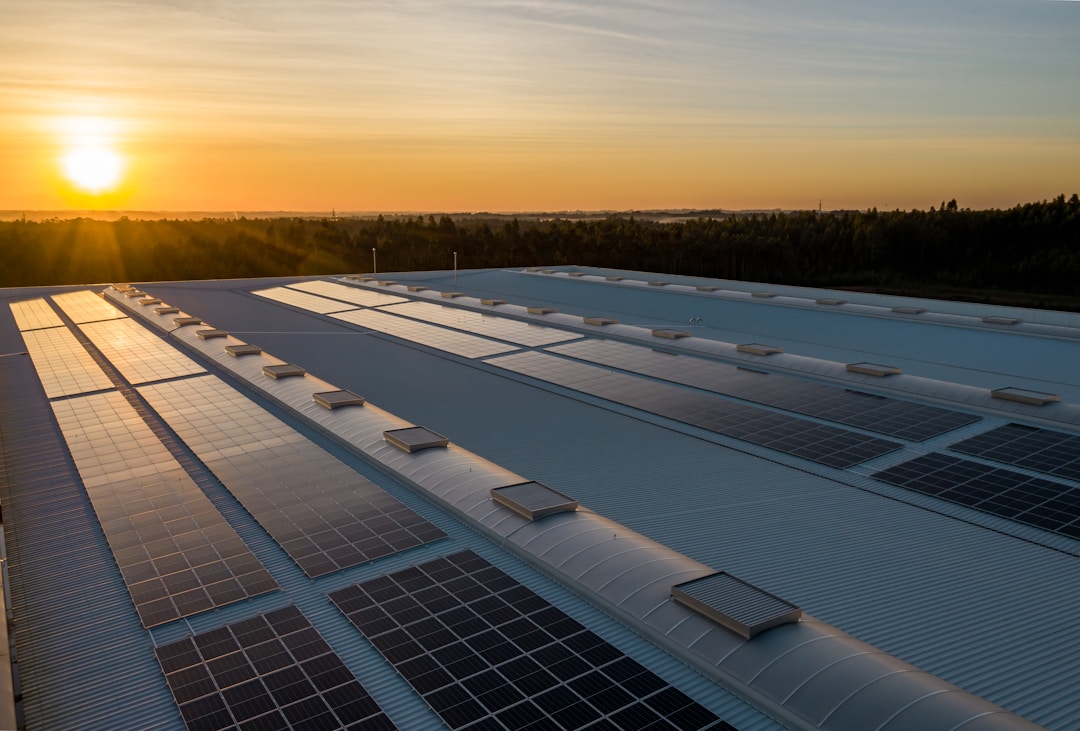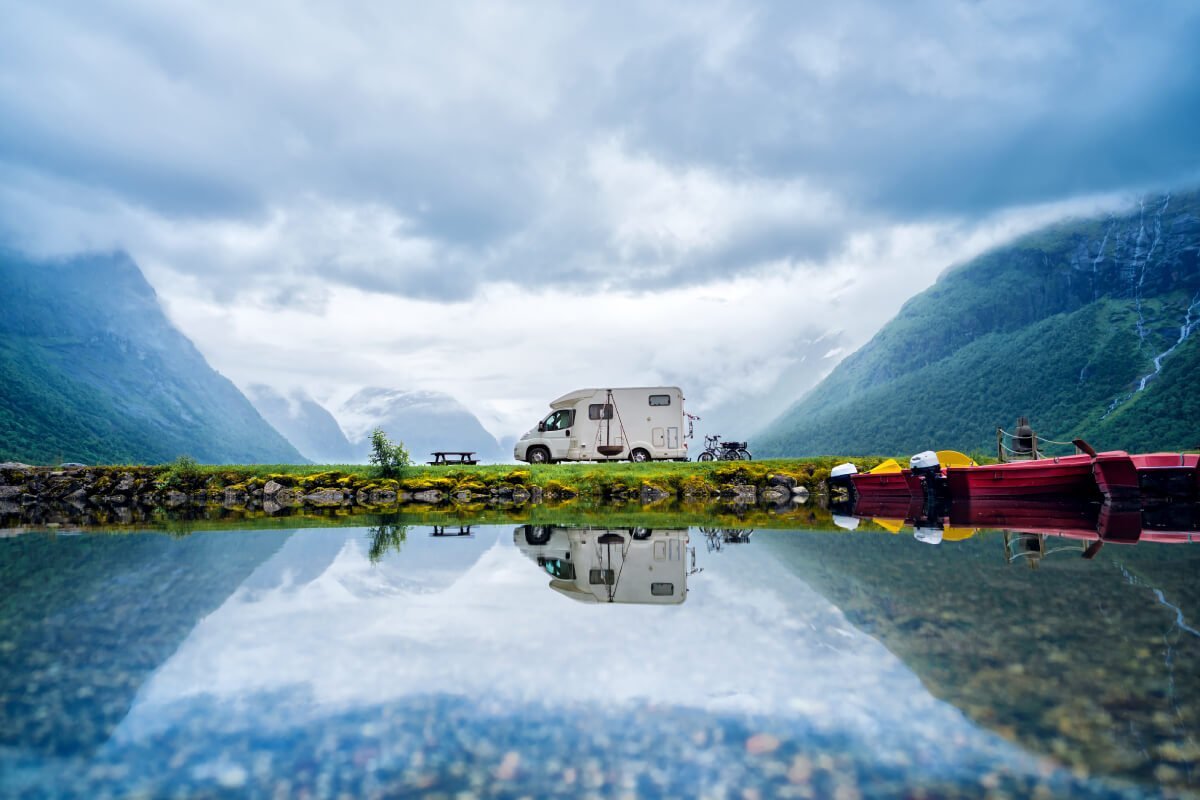Renewable energy has taken center stage in discussions surrounding climate change, and sustainable economic growth. As one of the leading states in the US, New York has been pivotal in its adoption and push for renewable energy sources. From the skyscrapers of New York City to the vast landscapes of Upstate New York, the shift towards cleaner, more sustainable energy sources is evident. This article delves into the initiatives, sources, and benefits of renewable energy in New York.
The New York State Energy Vision
In recent years, New York State unveiled its comprehensive energy strategy, aptly titled the ‘Reforming the Energy Vision’ (REV). The core goal of the REV is to create a more resilient, affordable, and sustainable energy system for all New Yorkers. It aims to reduce greenhouse gas emissions by 85% below 1990 levels by 2050. These ambitious targets have spurred numerous projects and initiatives across the state, with a focus on increasing the share of renewable energy in the energy mix.
Harnessing Wind Power
Wind energy has been one of the most significant pillars of New York’s renewable energy strategy. The state has recognized the vast potential of both onshore and offshore wind farms. By the end of 2022, New York had several operational onshore wind farms, and there was a concerted effort to expand the offshore wind capacity. The state’s plans include generating at least 9,000 MW from offshore wind by 2035. This not only diversifies the energy mix but also creates thousands of jobs, from manufacturing to operations and maintenance.
Solar Power: A Bright Prospect

Solar power is another cornerstone of New York’s renewable energy portfolio. The state has taken steps to make solar installations more accessible and affordable for homeowners, businesses, and communities. Through initiatives such as NY-Sun, New York aims to install 6,000 MW of solar capacity by 2025. This would power more than a million homes and reduce greenhouse gas emissions substantially. Moreover, New York has been proactive in streamlining the permitting process for solar installations, making it easier for businesses and homeowners to go solar.
Hydropower and the Legacy of Niagara
New York’s tryst with renewable energy isn’t new. Niagara Falls, one of the most iconic landmarks of the state, has been a source of hydropower for over a century. The Niagara Power Project, one of the largest hydropower facilities in the US, has been supplying clean electricity to the state and beyond. New York continues to harness its water resources, and while hydropower is a matured sector, there are still opportunities for growth, especially in terms of upgrading existing facilities and ensuring they operate at peak efficiency.
Bioenergy and Geothermal: The Understated Players
While wind, solar, and hydropower often capture the limelight, New York has been exploring other renewable energy sources such as bioenergy and geothermal. Bioenergy involves converting organic materials like agricultural waste and forest residues into energy. This not only helps manage waste but also provides a consistent power source, addressing the intermittency issues associated with solar and wind.
Geothermal energy, on the other hand, taps into the Earth’s internal heat. In New York, ground-source heat pumps are becoming popular, especially in residential settings. These systems leverage the constant temperatures below the Earth’s surface to provide heating in the winter and cooling in the summer, thus offering an energy-efficient solution to traditional HVAC systems.
Economic Implications and Job Creation
One of the significant benefits of the shift towards renewable energy in New York is the economic boost it provides. From the creation of jobs in the renewable energy sector to the stimulation of local economies through project development, the ripple effect is vast. According to some estimates, New York’s push for clean energy could result in the creation of tens of thousands of jobs by 2030, spanning various sectors including manufacturing, installation, operations, and research and development.
Moreover, as the cost of renewable energy technologies continues to drop, it’s anticipated that consumers will see savings in their electricity bills in the long run. A diversified energy portfolio also means reduced dependence on imported fossil fuels, leading to more stable energy prices.
The Role of Policy and Regulation
Central to New York’s success in advancing renewable energy has been the role of policy and regulation. The state has recognized that for renewable energy to be competitive and mainstream, supportive policies are critical. The Clean Energy Standard (CES) is one such landmark policy. Established in 2016, the CES mandates that 70% of New York’s electricity should come from renewable sources by 2030. This not only sends a strong signal to investors and developers but also ensures that there is a consistent demand for renewable energy.
Moreover, New York has been proactive in facilitating the integration of renewable energy into the grid. The state has been revising its grid codes and standards to accommodate the unique characteristics of renewable energy, particularly the intermittency of solar and wind. By doing so, New York ensures that the grid remains stable and resilient, even with a high penetration of renewables.
Microgrids and Decentralization

A significant trend that is gaining traction in New York is the development of microgrids. These are localized energy systems that can operate independently or in conjunction with the main power grid. Microgrids are particularly beneficial in areas prone to natural disasters, as they can provide power even when the main grid is down.
New York’s interest in microgrids stems from the aftermath of Superstorm Sandy in 2012. The storm highlighted the vulnerabilities of the centralized grid system. As a response, the NY Prize competition was launched, offering support for communities to design and implement microgrids. These decentralized systems, often powered by renewables like solar and wind, represent the future of resilient and sustainable energy systems.
The Integration of Energy Storage
For renewable energy to truly realize its potential, energy storage solutions are crucial. Given the variable nature of wind and solar, there are times when these sources produce more electricity than is needed and other times when they produce less. Energy storage systems, like batteries, can store excess energy during peak production times and release it during lulls, ensuring a steady supply of electricity.
New York has recognized the importance of energy storage and has set a target to deploy 3,000 MW of storage by 2030. The state believes that storage can not only enhance grid reliability but also reduce the need for fossil fuel-based peaker plants, which are often called upon during times of high electricity demand.
Advancing Electrification of Transport
Another dimension of New York’s renewable energy vision is the electrification of transport. The transportation sector remains one of the largest contributors to greenhouse gas emissions in the state. Transitioning to electric vehicles (EVs) powered by renewable energy can significantly reduce this footprint.
To this end, New York has been launching programs and incentives to boost EV adoption. This includes rebates for EV purchases, the development of charging infrastructure, and initiatives to electrify public transport. By integrating transport with renewable energy, New York is moving towards a holistic, sustainable energy ecosystem.
Towards a Cleaner, Greener New York
The shift to renewable energy is not just a trend in New York—it’s a commitment to a sustainable and resilient future. The state’s proactive policies, investment in infrastructure, and encouragement of innovation are setting the stage for a cleaner, greener energy landscape. As we move forward, it is crucial for stakeholders at all levels—from policymakers to consumers—to stay engaged, informed, and committed to realizing the vision of a renewable-powered New York. The Empire State, with its iconic skyline, diverse landscapes, and dynamic populace, is poised to lead the nation in the renewable energy revolution, showing that sustainability and progress can indeed go hand in hand.











